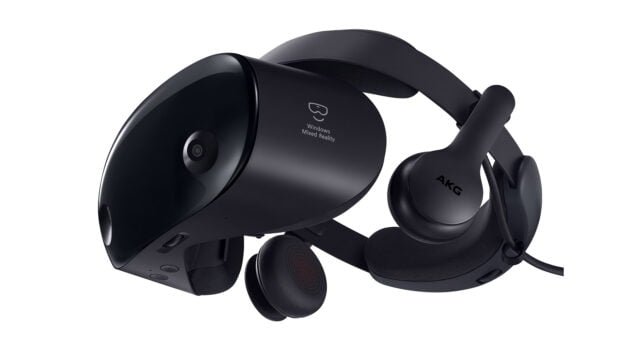
In a groundbreaking move, Qualcomm has announced the launch of its two new chipsets specifically designed for Augmented Reality (AR) glasses and headsets. These chips promise to revolutionize the AR experience, bringing enhanced visuals, audio quality, and on-device AI processing.
Key Highlights:
- Introduction of Snapdragon XR2 Gen 2 and AR1 Gen 1 chipsets.
- Close collaboration with Meta for the development of these platforms.
- Debut of the chips on Meta’s Quest 3 and updated Ray-Ban glasses.
- AR1 Gen 1 supports up to 12MP cameras and eight microphones.
- Snapdragon XR2 Gen 2 designed for VR and mixed-reality devices.
The world of augmented reality is on the brink of a significant transformation. Qualcomm’s latest offerings, the Snapdragon XR2 Gen 2 and AR1 Gen 1 chipsets, are at the forefront of this change. Developed in close collaboration with Meta, these chips are set to make their commercial debut on Meta devices in 2023. Specifically, the Meta Quest 3 will be powered by the Snapdragon XR2 Gen 2 Platform, while the Ray-Ban Meta smart glasses collection will harness the power of the Snapdragon AR1 Platform.
Snapdragon XR2 Gen 2: The Future of VR and Mixed-Reality:
The Snapdragon XR2 Gen 2 is Qualcomm’s answer to the growing demand for high-quality VR and mixed-reality experiences. This chip promises to deliver unparalleled visuals and immersive experiences, making it a top choice for future VR and mixed-reality devices.
AR1 Gen 1: Redefining Smart Glasses:
On the other hand, the AR1 Gen 1 is specifically tailored for smart glasses. This chip is not just about visuals; it brings a host of improvements to on-device AI processing, noise cancellation, and overall image quality. With support for up to 12MP cameras (6MP for video) and up to eight microphones, users can expect better camera quality, visuals, and audio quality. Such enhancements are crucial for AR glasses, ensuring that users get a seamless and realistic AR experience.
A Collaborative Effort with Meta:
The collaboration between Qualcomm and Meta is noteworthy. By joining forces, the two tech giants aim to merge the physical and digital spaces, creating a new realm of possibilities for users. The upcoming Meta devices, powered by these next-generation platforms, are eagerly anticipated and are expected to set new standards in the AR and VR industry.
Conclusion:
Qualcomm’s latest chipsets for AR glasses and headsets are more than just technological advancements; they represent a vision for the future of augmented reality. By focusing on enhanced visuals, superior audio quality, and efficient on-device AI processing, Qualcomm is paving the way for a new era of AR experiences. As these chips make their way into devices in 2023, users can look forward to a more immersive and realistic AR world.








